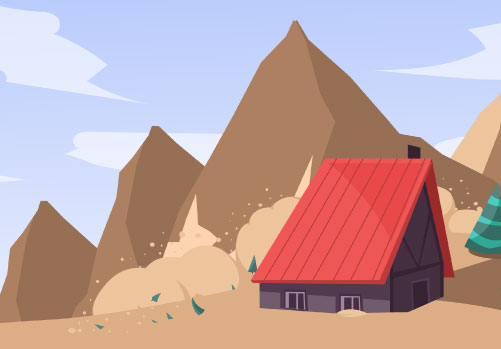Disaster Treatment

- When the typhoon wind circle is far away or the land warning is lifted, there will still be instantaneous heavy rain and strong wind due to the influence of the peripheral circulation, and landslides, rockfall, landslides, and stream surges may also occur in mountainous areas.
- After the typhoon, you should still be vigilant, pay attention to various potential risks, and act cautiously to ensure your safety and avoid the recurrence of regrettable events.
- Wet and slippery roads, faulty traffic signals, collapsed road trees, and fallen iron sheets of signboards that have not been cleaned up will pose a great threat to traffic safety.
- When carrying out recovery work such as disaster relief, emergency repairs, and cleanup, your safety should also be the highest consideration.
- Remind everyone to start cleaning and preventing epidemics at home after the typhoon. Three simple steps to get started:
- Clearance: After heavy rain, "patrol, pour, clean, and brush" should be implemented as soon as possible, indoor and outdoor containers should be carefully inspected, and the stagnant water should be poured out and cleaned thoroughly to prevent the breeding of vector mosquitoes.
- Cleaning: When cleaning the home, wear rain boots or waterproof boots, waterproof gloves, and masks to prevent infectious diseases such as leptospirosis, melioidosis, and tetanus.
- Disinfection: Disinfect the home environment after diluting it with bleach, and rinse it with clean water before use. Please also remember to wash your hands properly according to the steps of "wet, rub, rinse, hold, and wipe".
【Remarks: Disaster prevention precautions for the physically and mentally handicapped are quoted from the "Perpetual Calendar for the Physically Handicapped" by the National Science and Technology Center for Disaster Reduction (NCDR).】
Update:112-08-14

